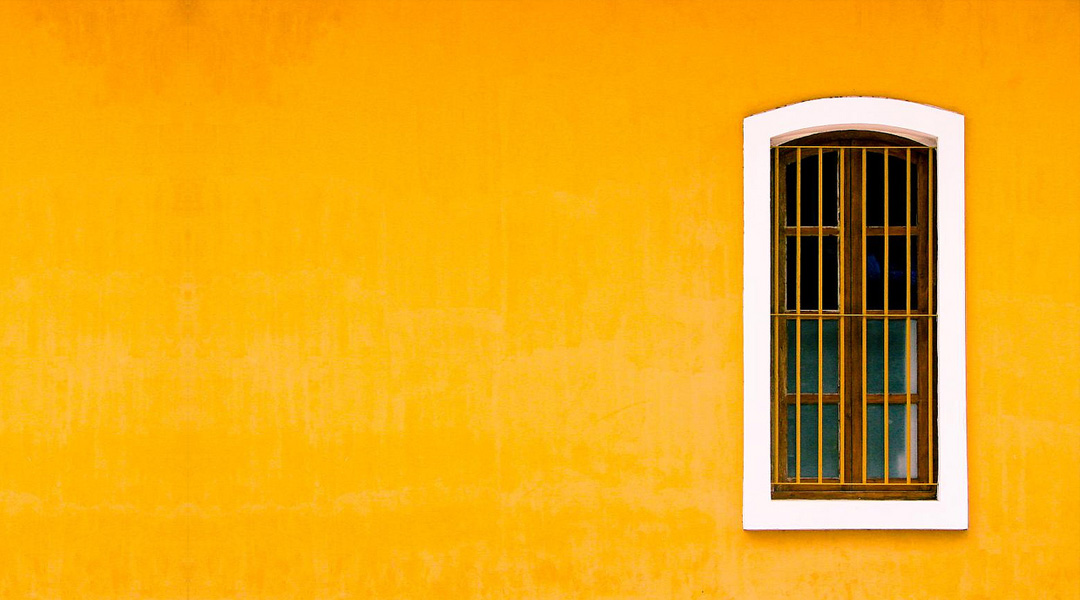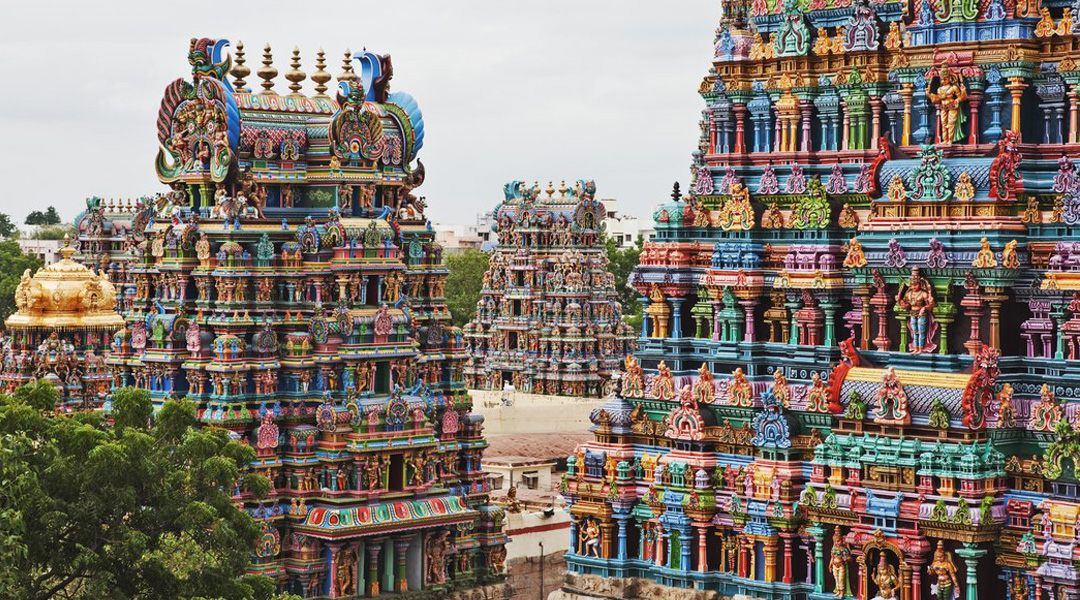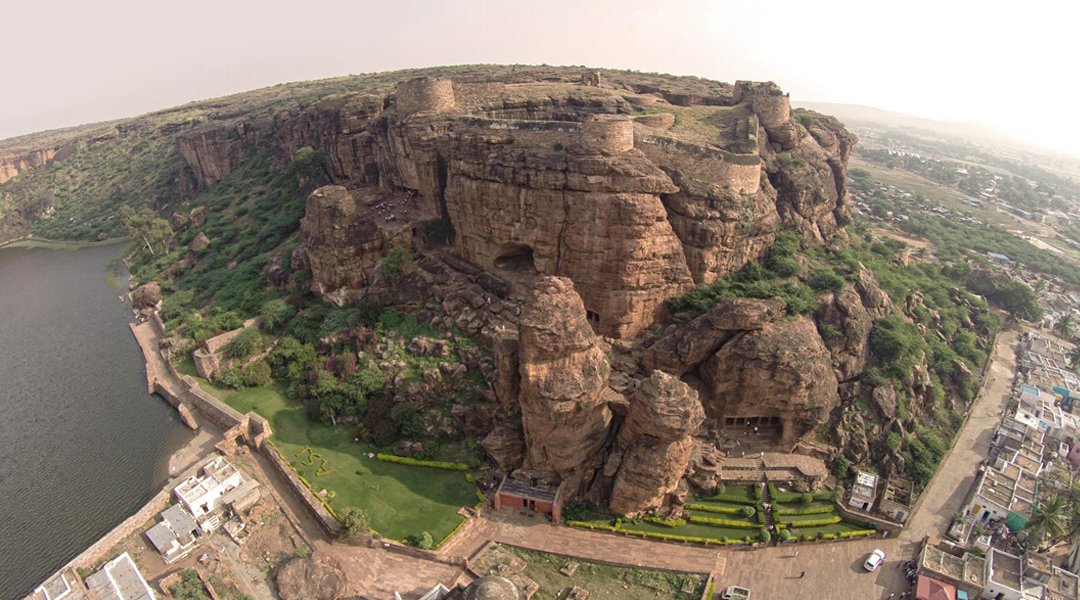
Badami
The capital of the mighty Badami Chalukyas might have shrunk into a few scenic square kilometres in terms of touristy value. But Badami still retains its majesty.
The locale of its famous cave temples, made up of two giant sandstone hills that flank the placid water of the Agastya Lake paint a stark picture of earthy reds, muddy greens and stone browns set against a sky of acrylic blue - burning an impression into the canvas of your mind. One that you aren't likely to forget in a hurry.
Badami
Location:
Bijapur - 150, Hubli - 110, Aihole - 44, Bangalore - 480
Peak Season:
November to February

Hampi
It is one of the most popular tourist destinations in South India. Hampi, also known as Pampa-kshetra, Kishkindha-kshetra or Bhaskara-kshetra, is derived from Pampa, which is the old name of the Tungabhadra River.
Hampi is an extremely significant place in terms of history and architecture. The first settlement in Hampi dates back to 1st century AD and a number of Buddhist sites belonging to that time have been found nearby. The seat of the Vijayanagara Empire was established by Saint Vidyaranya in 1336 AD with the help of two of his disciples, Hakka Raya and Bukka Raya. The kingdom flourished under the rule of Emperor Krishnadevaraya and stretched over the states of Karnataka, Andhra Pradesh and Maharashtra.
Hampi was the capital of the Vijayanagara Empire and was an extremely important part of the Empire from 1343 to 1565. It maintained a huge army to protect it from other kingdoms. As a capital of the Vijayanagar Empire, Hampi grew as a trade center for cotton, spices, and gem stones. It was one of the richest and largest cities in the world during 15th and 16th centuries. After the death of Krishnadevaraya, the invading Deccan Sultanate forces destroyed Hampi and the rampage was continued for one year.
Hampi Festival, held for 3 days in November is the most important festival celebrated here. It is organized by the Government of Karnataka with dance, music, drama and processions.
Hampi
Location:
Bijapur - 150, Hubli - 110, Aihole - 44, Bangalore - 480
Peak Season:
November to February
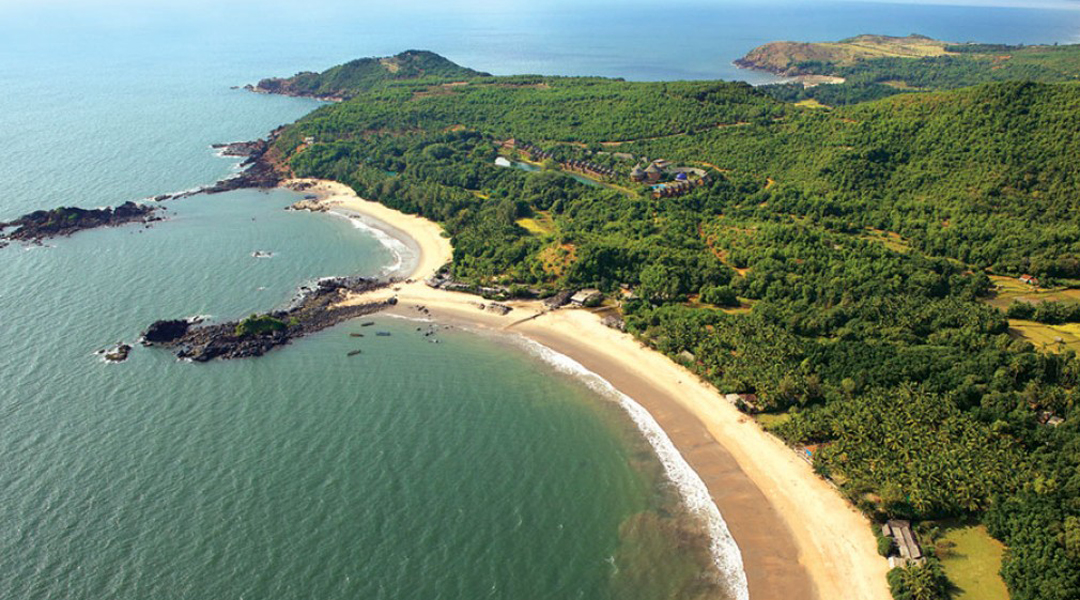
Gokarna
A sleepy Brahmin town, lodged somewhere between a conservative society and a faithful hippy fan following, Gokarna is a dream destination for so many different reasons.
Its refusal to fall into a certain type casted slot is just one of them. Open beaches, undiscovered coves, epiphanic sunsets, jagged cliffs, quaint temples and an evasive culture make Gokarna whatever you want it to be. Sun, sand and surf is what you go to Gokarna for, and the solitude it offers is like a bonus track on a great music album
The Om Beach, with its Om-shaped shoreline is a scramble down a rocky cliff - just like every other beach in Gokarna. Cliffs separate each of Gokarana’s five beaches from the other and offer spectacular views far out into the Arabian Sea.
You can either take a boat ride to other beaches or walk it down. But either way the Kudle Beach, the Paradise Beach, the Half-moon Beach and the Gokarna Beach are worth a visit.
Gokarna
Location:
Bijapur - 150, Hubli - 110, Aihole - 44, Bangalore - 480
Peak Season:
November to February
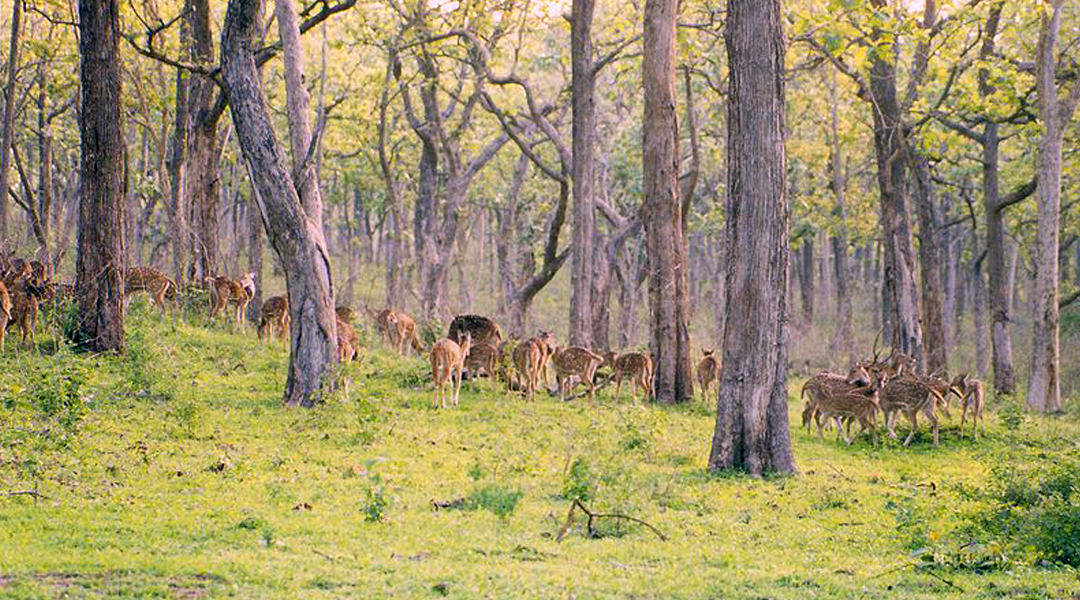
Bandipur National Park
Go wild and see just how therapeutic it can be. Trade those concrete jungles for a fresh breath of green.
Put a pause on the rat race and ride an elephant instead. Take a break from bearding the lion in his corner office and go looking for tigers.
The Bandipur Wildlife Sanctuary puts life back into perspective. Or rather it puts the perspective back into life.
Bandipur National Park
Location:
Karanataka

Coorg
Scotland of India, Coorg is the largest producer of Coffee in India. Also, it is one of the places with highest rainfall in India. The Kodagu district comprises different communities like Kodava, Tulu, Gowda and Moplah out of which the largest is the Kodava community, both economically and politically
Misty hills, lush forest, tea and coffee plantation, orange groves, undulating streets and breathtaking views have made Coorg an unforgettable holiday destination. Madikeri is the heartland of Coorg region and was the seat of ruling dynasty.
Being a part of the Western Ghats, Coorg is rich in flora and fauna. It has three wildlife sanctuaries - the Talacauvery, Pushpagiri and Brahmagiri Sanctuaries, and one national park, the Nagarhole National Park.
Coorg is also famous for trekking activities with peaks like Thandiyandamole, Brahmagiri and Pushpagiri. Elephant rides at Dubare Elephant camp and white water rafting in Upper Barapole River are other interesting things to do in Madikeri.
Coorg
Location:
265 km from Bangalore, 117 km from Mysore, 132 km from Mangalore, 322 km from Coimbatore & 362 km from Kochi
Peak Season:
November to February
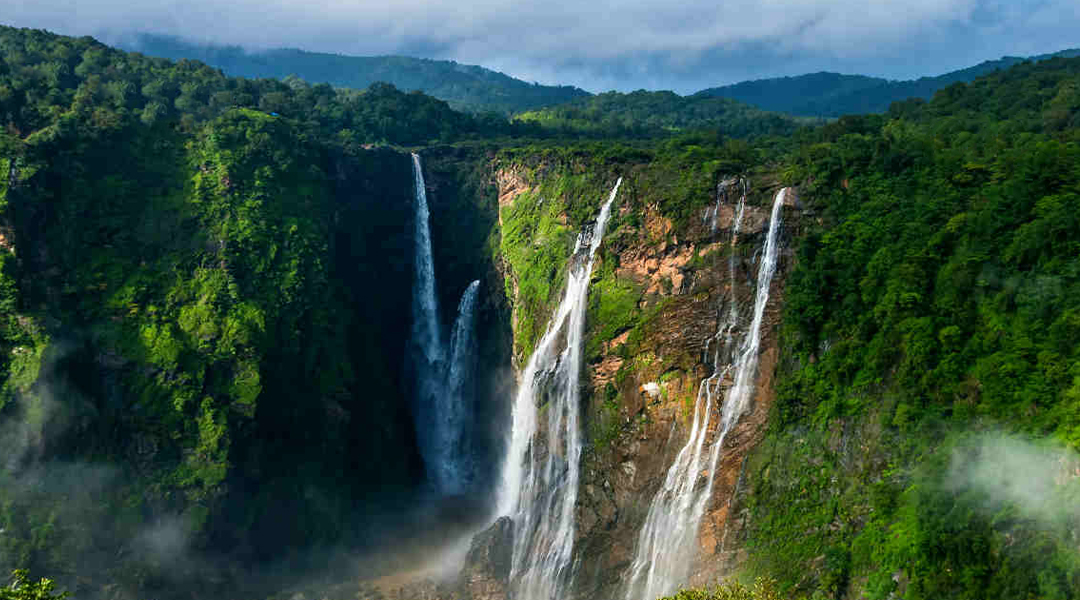
Jog Falls
Jog Falls is one of the most beautiful waterfalls in India and one of the top destinations of Karnataka Tourism.
There is a view point near parking area which also has few shops available. A narrow path from view point leads to bottom of the falls.
It is located on the Shimoga and Uttara Kannada district border. These segmented falls are a major tourist attraction.
The waterfall is locally known as Geruoppe Falls, Gersoppa Falls and Jogada Gundi.
Jog Falls
Location:
At a distance of 400 km from Bangalore, 105 km from Shimoga, 161 km from Hubli, 87 km from Murudeswar, 150 km from Karwar, 31 km from Sagar, 60 km from Sirsi & 21 km from Siddapur


